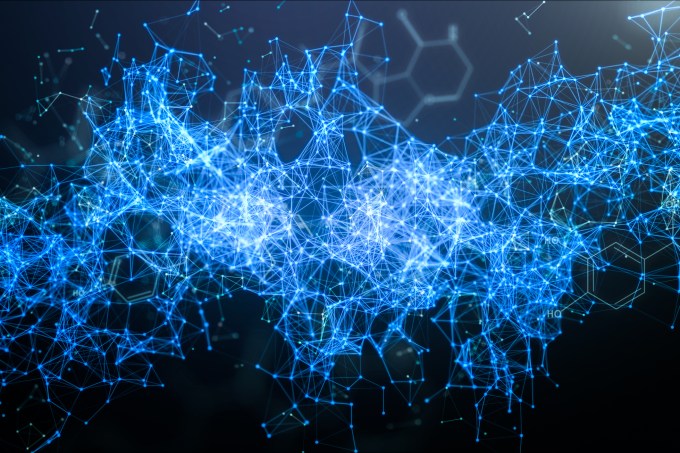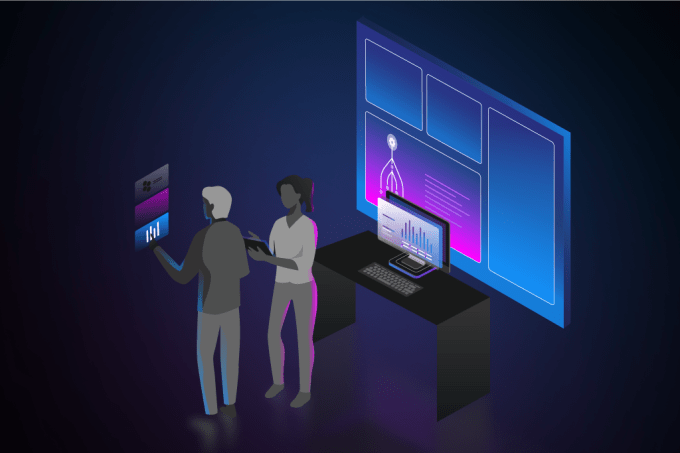Even before the pandemic swept the globe, organizations were already deeply invested in digital transformation to improve operational efficiencies and enhance user and customer experiences. Now, as businesses and governments increasingly rely on digital services to create new revenue streams, serve constituents, maintain remote workforce productivity, and attract and retain customers, digital transformation is not just a strategy; it is a matter of survival.
To transform effectively, organizations have turned to the scale, security, and flexibility that cloud services provide. However, the volume, velocity, and variety of data generated by today’s dynamic multicloud and hybrid-cloud environments introduces massive amounts of complexity, with applications and microservices that come and go in seconds running in container-based architectures on Kubernetes. At this volume and velocity, effectively optimizing applications and cloud environments, and addressing issues before they impact users, is simply beyond human ability. It’s not a needle in a haystack. It’s a needle in a hundred haystacks… in a hurricane. Success at today’s scale demands an entirely new approach driven by continuous automation and AI-assistance.
Reflecting this, organizations are increasing their investments in AI. According to a recent survey by IDC (IDC Worldwide Semiannual Artificial Intelligence Tracker, 2020), worldwide revenue for the artificial intelligence (AI) market is expected to total $156.5 billion in 2020, an increase of 12.3% over 2019. But AI comes in different forms, and not every kind is up to the challenge of managing hybrid/multicloud environments.
The right AI for managing multicloud IT environments and applications

Image Credits: Getty Images
Organizations have two choices for implementing AI to manage cloud environments and the applications that run on them: a solution that relies on machine learning, or one built on deterministic AI.
Machine learning requires access to data and pre-built models that use the data to produce correlated insights. This works when organizations have a complete data set that does not change often, or when absolute precision is not needed. IT monitoring solutions based on machine learning result in statistical guessing, which cannot pinpoint root cause.
Because deterministic AI relies on causation, not correlation, it delivers answers with precise root cause. A solution based on deterministic AI enables IT, DevOps, and digital experience teams to pinpoint the exact source of a problem or anomaly and, critically, how even the smallest detail — the performance of a single processor or line of code — can impact the user or customer experience.
One company delivers an all-in-one, AI-powered Software Intelligence Platform
Dynatrace has delivered on the vision of an all-in-one Software Intelligence Platform based on deterministic AI and continuous automation. Founded by Austrian computer scientists in 2005, and now headquartered in Waltham, Massachusetts, Dynatrace reinvented its software platform in 2016 in anticipation of the specific requirements and volume, velocity, and variety of data inherent in today’s dynamic hybrid/multicloud environments.
To meet the pace and scale of these environments, Dynatrace built a platform with deterministic AI and automation at its core, to continually discover the state of the environment and eliminate the manual configuration and instrumentation required by machine learning-based solutions.
Dynatrace uses a single agent, OneAgent, to automatically and continuously discover all components and dependencies running in an IT environment – from the applications and microservices to the underlying infrastructure. Dynatrace creates a real-time, interactive map of the environment, called Smartscape. OneAgent fuels Smartscape, which automatically discovers and reflects all changes in the environment to maintain a complete and always-accurate view of all nodes and their relationships, spanning millions to billions of dependencies, and making updates in real time as microservices, containers, and cloud instances come and go.
With this precise known-state of how everything operates, Dynatrace’s deterministic AI engine, Davis, continuously analyzes the entire Smartscape – learning behaviors, baselining all dimensions of hybrid/multicloud environments, looking for anomalies and degradations, and prioritizing alerts by business impact when problems occur. Davis supplies precise root-cause so resolution can happen before users, constituents or customers are affected. As a result, teams shift from guessing to knowing, from sifting through data to driving innovation and business value.

Image Credits: Getty Images
Enterprises across industries, as well as state, local, and federal government agencies, are turning to Dynatrace to help accelerate digital transformation. As part of an IT modernization program to improve access to benefits and services for hundreds of thousands of policy holders, the U.S. Department of Veterans Affairs (VA) is using Dynatrace to manage the rise in complexity that came with its move to the cloud. Dynatrace’s AI and continuous automation enabled the VA to reduce performance issues, improve operational efficiency, and accelerate cloud migration and modernization efforts.
SAP CX, which powers e-commerce for many of the world’s largest enterprises, needed a monitoring solution built for modern architectures. The company turned to Dynatrace for observability across its data centers, virtual machines, hosts, applications, microservices, and more than 1,000 Kubernetes clusters, with many thousands of tenants running on clouds around the world. The results were game changing. With Dynatrace’s continuous automation and AI-assistance, SAP CX was able to reduce mean-time-to-resolution by up to 60%, making their whole operation more efficient and precise.
US-based footwear retailer, Rack Room Shoes, is using Dynatrace to improve user experience and accelerate delivery of new online functionalities. Dynatrace’s AI-assistance gives them full visibility into customer interactions and automatically analyzes every user journey, down to the impact of every click, tap, or swipe. The AI-backed answers from Davis have enabled Rack Room Shoes teams to improve e-commerce conversion rates by 25%. Connecting digital experience to full-stack observability metrics has also enabled greater collaboration between IT, DevOps, and digital experience teams. This has created significant efficiency gains, freeing up approximately 30% more time for these teams to introduce new revenue-generating features to their online store faster and build customer loyalty.
Kroger, the largest supermarket retailer in the US, began to upgrade their digital presence around five years ago. They discovered their old approach of data-on-dashboards-monitoring no longer worked in their new multicloud environment. Their various monitoring tools produced many alerts but no insights into which should be prioritized. With Dynatrace and Davis, their IT team now has observability across their environment. Product launches that would normally produce 700 alerts per week — the equivalent of 700 separate fire drills — now produce just seven alerts, with detailed root cause, meaning teams no longer waste time hunting.
The key to managing dynamic multiclouds

Image Credits: Dynatrace
The challenges organizations are facing today have accelerated the need for digital transformation powered by AI-assistance and continuous automation. The key to managing dynamic and complex multicloud environments at scale is arming teams with solutions that automate manual-intensive tasks and use AI to provide precise answers. With AI and automation in place, teams can spend more time developing digital experiences that will ensure their organizations thrive as market needs and consumer demands continue to evolve.